Photography courtesy of Lowell Washburn, all rights reserved.
Temperatures are rising. The days are still getting longer. In the Iowa woodlands, the transition from spring to summer is nearly complete. But don’t take off your hiking boots just yet. For those willing to look and listen, Iowa’s wooded trails continue to reveal new wonders at every turn.
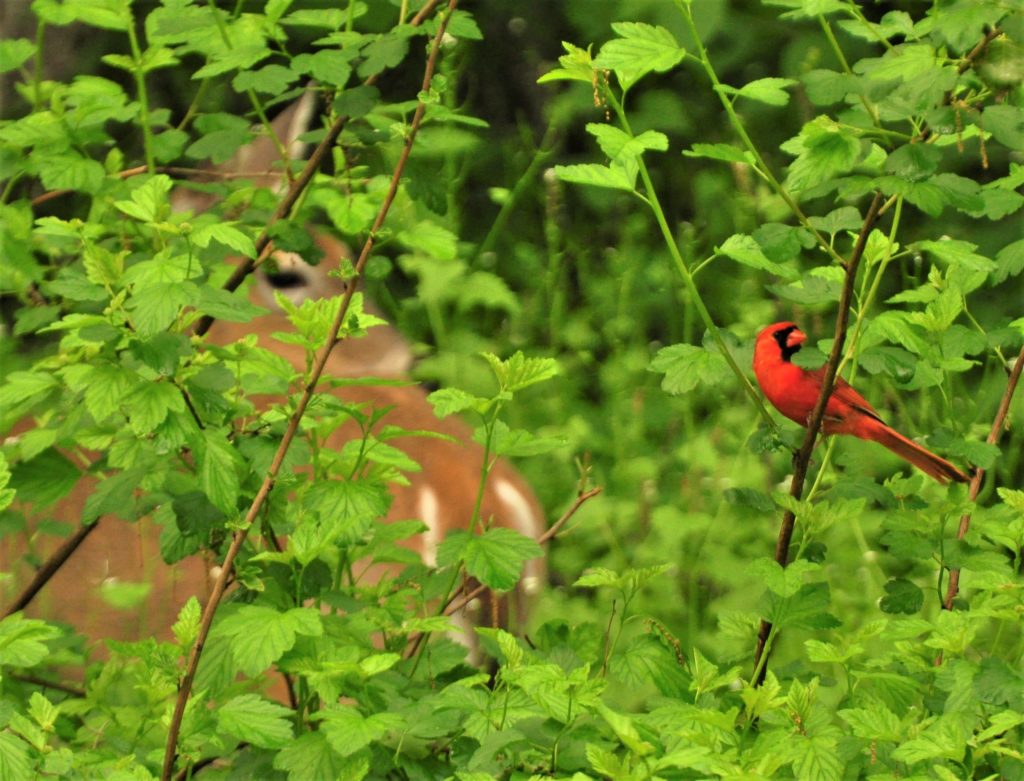
The ongoing transition of plant life is a most obvious change. The delicate hues of early spring have been largely replaced by the bold greenery of jack-in-the-pulpits and the scarlet and yellow brilliance of wild columbine. The white flowers that adorned last month’s gooseberry shrubbery have become tiny green berries, bearing future promise of sugar laden, summer pies. Gray tree frogs have abandoned spring breeding ponds, and their bird-like calls now echo from high up the stately trunks of oak, maple and basswood.
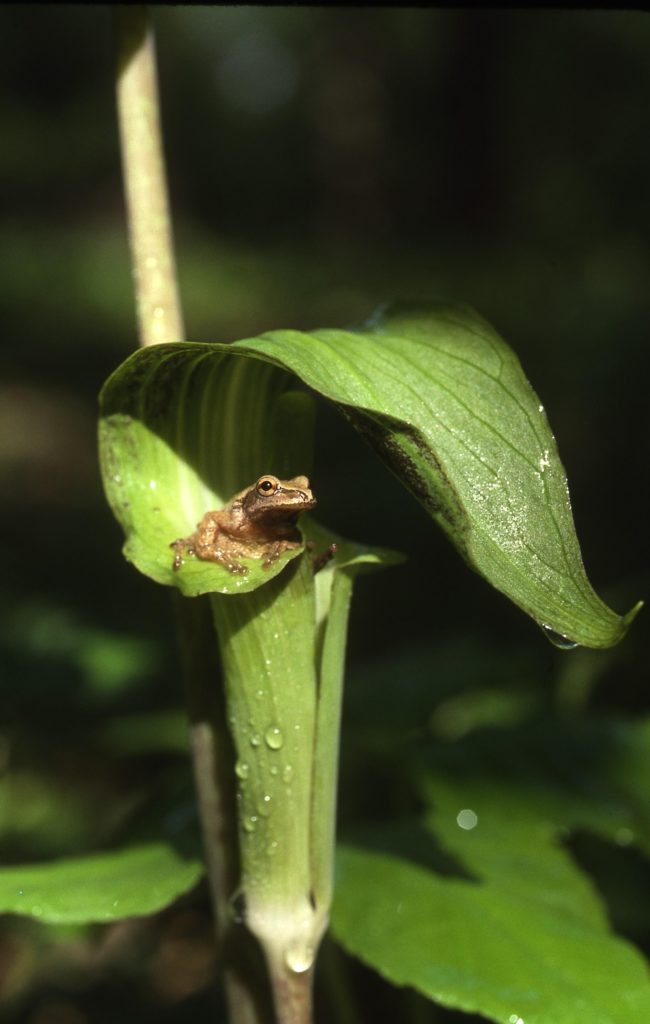
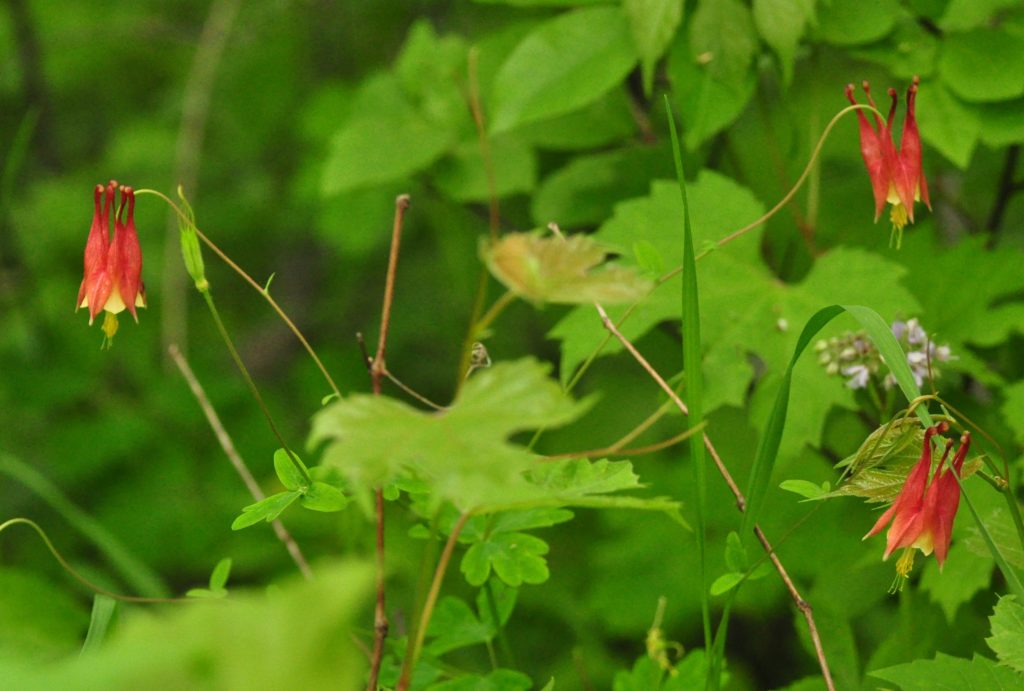
The spring bird migration is largely complete. Only a few unpaired, stragglers continue to make their way north. Resident birdlife is giving little thought to long distance travel these days. Instead, their time is currently being spent on the full time business of incubating eggs or tending to nests full of hungry young.
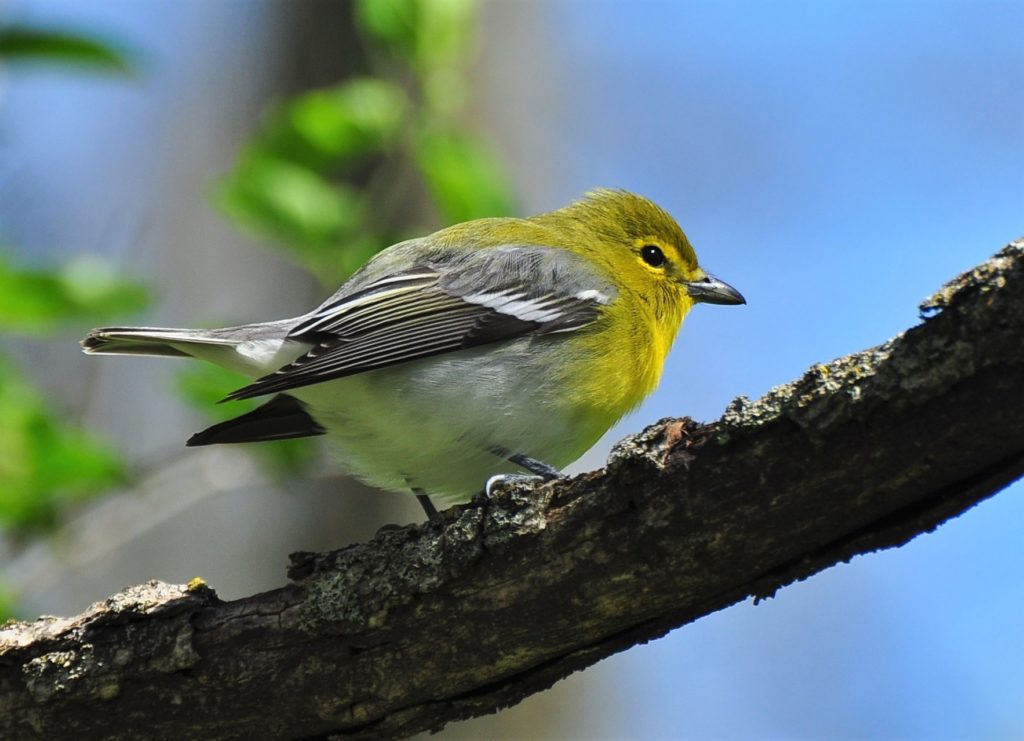
Although I’ve yet to spot one, this year’s crop of white-tailed fawns are on the ground, carefully concealed among the dappled shadows of the inner forest. Moving mainly at night, their tiny inch-long hoof prints can be spotted in the muddy low spots of well-traveled woodland trails. Adult does are much less secretive and are moving throughout the day, voraciously consuming nutrient rich, new growth vegetation by the bushel. If you happen to get the wind in your favor and don’t twitch, feeding deer may approach so closely that you can see the glint in their eye.
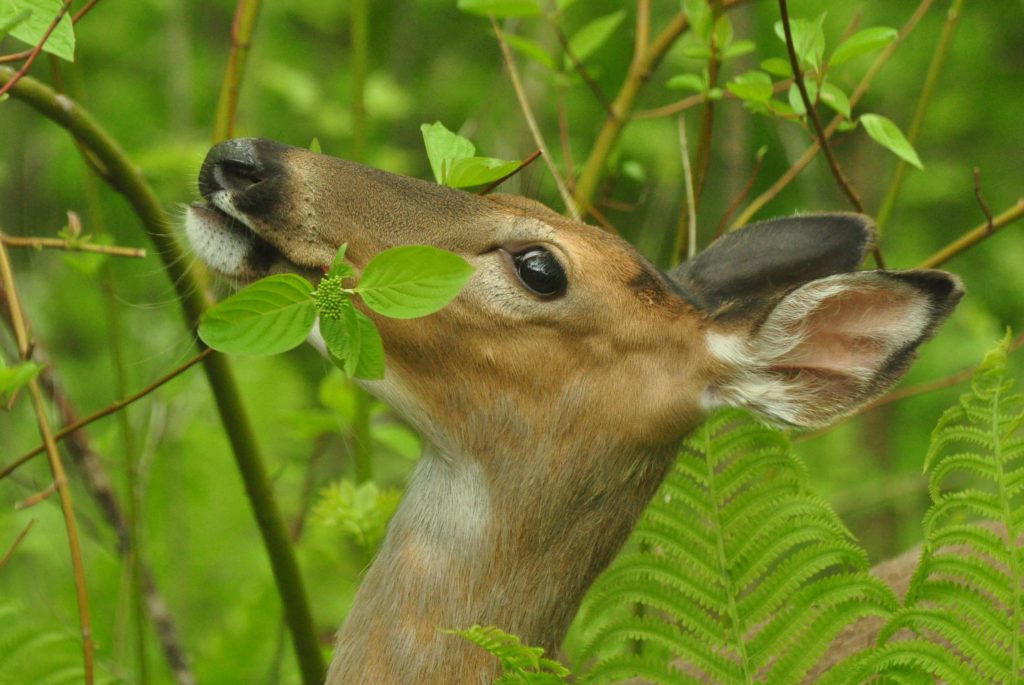
Treasures abound and biological discoveries never end. Spring, summer, fall or winter, Iowa’s natural areas offer year-round opportunities to connect with the endless wonders found in the out-of-doors.

 Tom Cope
Tom Cope Sue Wilkinson
Sue Wilkinson Susan Judkins Josten
Susan Judkins Josten Rudi Roeslein
Rudi Roeslein Elyssa McFarland
Elyssa McFarland Mark Langgin
Mark Langgin Adam Janke
Adam Janke Joe Henry
Joe Henry Kristin Ashenbrenner
Kristin Ashenbrenner Joe Wilkinson
Joe Wilkinson Dr. Tammy Mildenstein
Dr. Tammy Mildenstein Sean McMahon
Sean McMahon